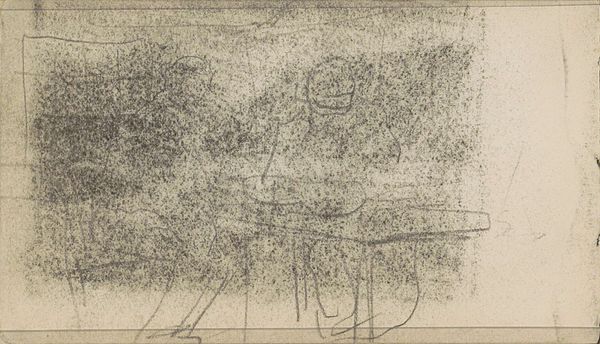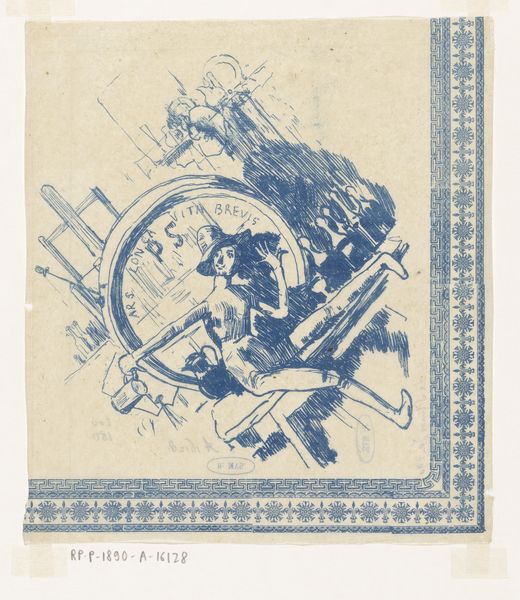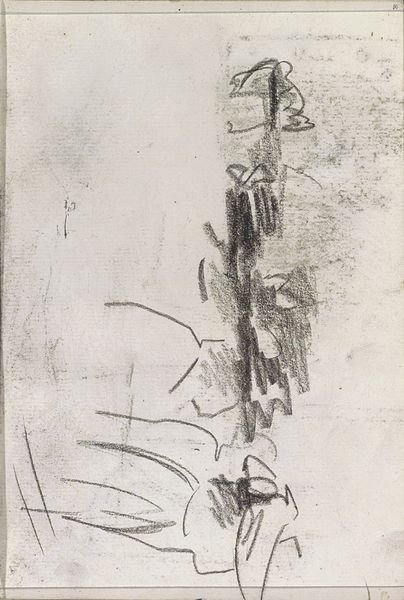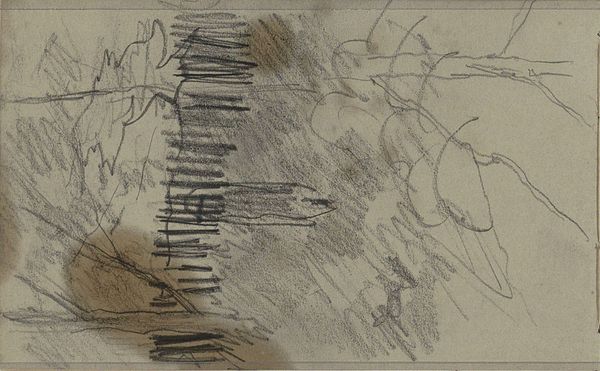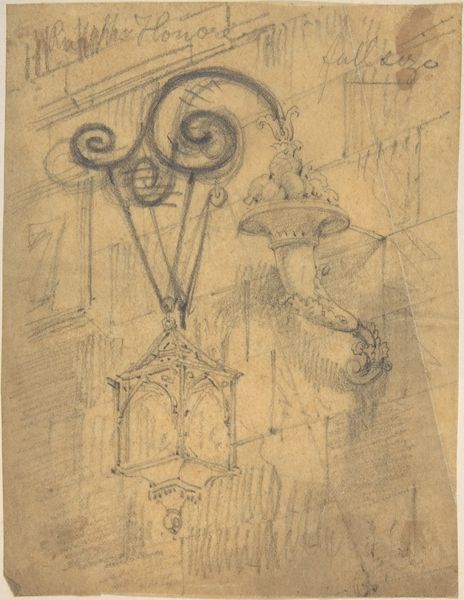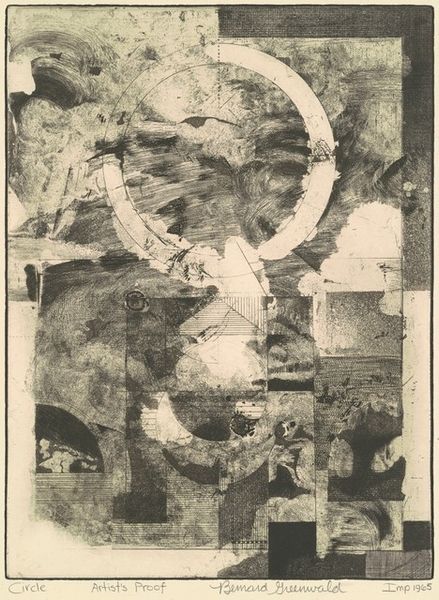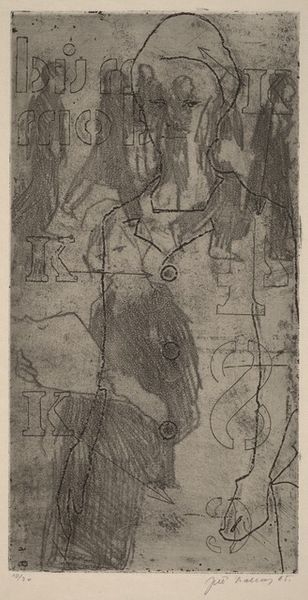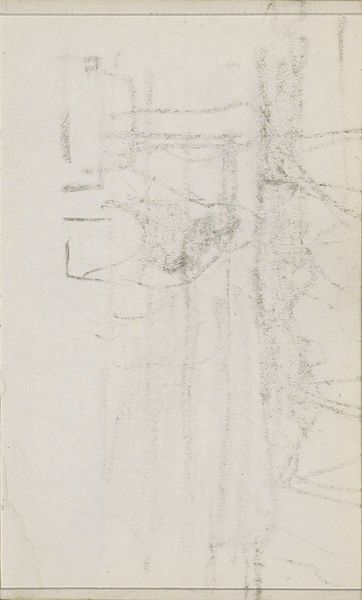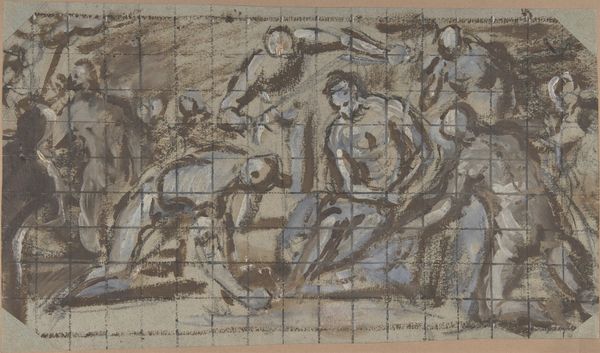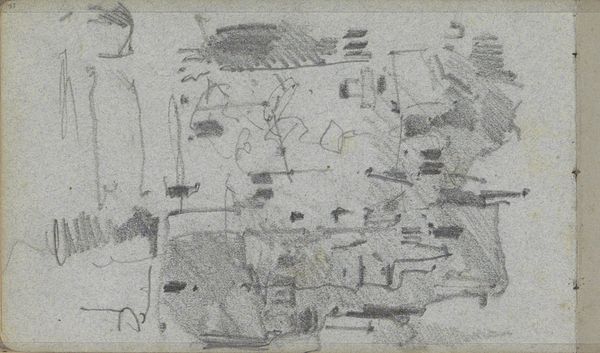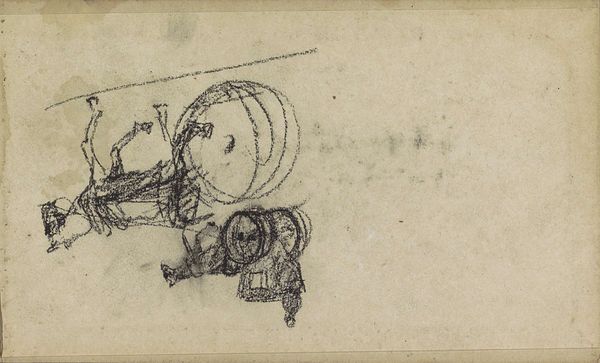
Copyright: National Gallery of Art: CC0 1.0
Curator: Let's turn our attention to Paul Klee’s 1923 etching, “Der Verliebte,” or “The Loved One.” Editor: My immediate impression is a sense of ethereality, the monochrome palette lending an otherworldly quality to the seemingly simple line work. It almost appears suspended, like a memory or a dream fading at the edges. Curator: Precisely. Klee’s mastery lies in the dynamic tension between abstraction and representation, achieved through the economical use of line. Consider the circular form dominating the composition—it creates a container, but also allows the figures within to seemingly float free from their surroundings. Semiotically, the circle could be read as representing wholeness, unity, or perhaps even the cyclical nature of love itself. Editor: I’m drawn to the rough texture of the printmaking process. Look closely—the granular quality resulting from the etching grounds really gives a feeling that is handmade. It speaks volumes about Klee's direct engagement with the materials, elevating it beyond just a reproductive method and into an integral part of the artistic expression itself. How would the work feel different as a line drawing made with graphite? Curator: An interesting point. The texture infuses a certain rawness into what otherwise could be an almost mathematical rendering of form. Notice also the contrast—the controlled chaos of the lines within the circle as juxtaposed to the smoother background outside. Klee masterfully orchestrates these juxtapositions to build tension, pushing and pulling us to find coherence amid ambiguity. Editor: Right, the visible process and the tangible labour become part of the content. The social conditions within the Bauhaus were critical, informing an active reclamation of craft and direct involvement of the artist in the means of production at a moment when mechanical reproduction was becoming the norm. That haptic texture connects directly to the historical circumstances, underscoring that what he made came directly from him and no one else. Curator: That context absolutely illuminates the layers embedded within the piece. It makes it even more profound, I feel. Editor: Seeing how these materials can inform social dynamics makes art all the more rich. Curator: Yes, the marriage between line and lived experience makes this a quintessential Klee work, a little cosmos in print form.
Comments
No comments
Be the first to comment and join the conversation on the ultimate creative platform.
